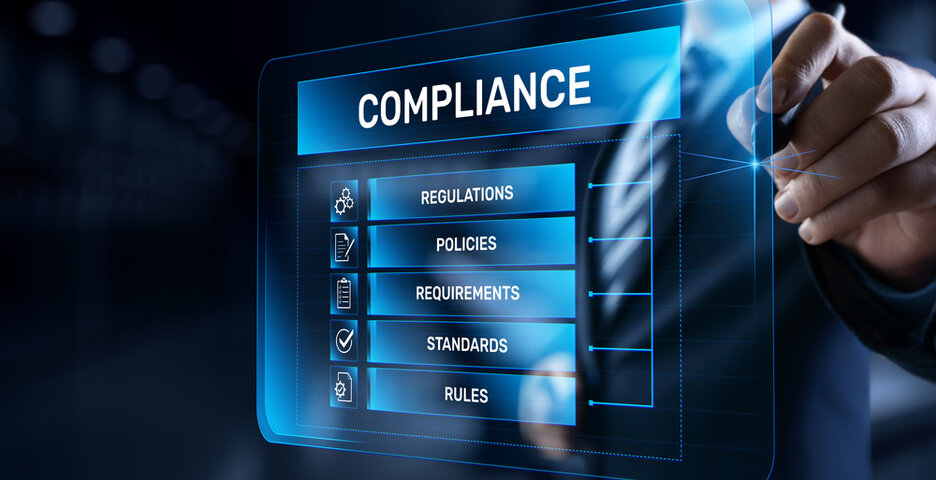
SprutAdvisory
SprutAdvisory – Your One-Stop Solution for Compliance!
Our experts specialize in global regulations and market requirements including CPSIA, ASTM, ISO, HIPPA, PII, PCI, and GDPR. We begin by conducting a discussion and assessment to determine your specific requirements.
Our Approach
Conducting an assessment for regulatory compliance involves several critical steps to ensure that an organization adheres to relevant laws, regulations, and standards. Here are the main points for conducting such an assessment:
- Identify Applicable Regulations and Standards
- Determine Relevant Regulations: Identify which local, national, and international regulations apply to your industry and operations.
- Understand Industry Standards: Consider industry-specific standards and best practices that may not be legally binding but are important for compliance.
- Establish a Compliance Framework
- Develop Policies and Procedures: Create or update policies and procedures to align with the identified regulations and standards.
- Assign Responsibilities: Clearly define roles and responsibilities for compliance management within the organization.
- Conduct a Risk Assessment
- Identify Risks: Determine areas where non-compliance could pose risks to the organization, including legal, financial, operational, and reputational risks.
- Evaluate Controls: Assess the existing controls in place to mitigate these risks and identify any gaps.
- Implement Monitoring and Auditing Programs
- Regular Audits: Schedule regular internal and external audits to assess compliance with regulations and standards.
- Continuous Monitoring: Use tools and techniques to continuously monitor compliance in critical areas.
- Documentation and Record Keeping
- Maintain Records: Keep detailed records of compliance-related activities, including audits, training sessions, and corrective actions.
- Documentation Standards: Ensure all documentation meets regulatory requirements for accuracy and completeness.
- Training and Awareness
- Employee Training: Provide regular training sessions for employees to keep them informed about compliance requirements and their roles in maintaining compliance.
- Awareness Programs: Develop ongoing awareness programs to reinforce the importance of compliance throughout the organization.
- Reporting and Communication
- Internal Reporting: Establish clear channels for internal reporting of compliance issues or violations.
- Regulatory Reporting: Ensure timely and accurate reporting to regulatory bodies as required.
- Corrective Actions and Continuous Improvement
- Identify Non-compliance: Promptly identify and address instances of non-compliance.
- Root Cause Analysis: Perform root cause analysis to understand why non-compliance occurred and prevent recurrence.
- Implement Corrective Actions: Develop and implement corrective actions to address and rectify compliance issues.
- Continuous Improvement: Regularly review and improve compliance programs based on audit findings, regulatory changes, and industry developments.
- Use of Technology and Tools
- Compliance Management Systems: Implement software and tools to streamline compliance processes, track regulatory changes, and automate reporting.
- Data Protection: Ensure robust data protection measures to comply with privacy laws and regulations.
- Engage External Expertise
- Consult Experts: Engage legal and compliance experts to stay updated on regulatory changes and receive guidance on complex compliance issues.
- Benchmarking: Compare your compliance practices with industry peers to identify areas for improvement.
By following these steps, our experts can create a comprehensive approach to regulatory compliance, ensuring your business meets legal requirements and maintains a strong compliance posture.
SprutAdvisory supports your business and teams!

